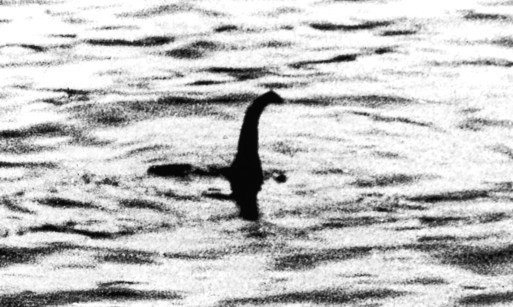
Secret files have shed new light on the scandal of an eminent zoologist sacked from his job after claiming to have seen the Nessie.
Dr Denys Tucker claimed to have been sacked from his top job at London’s Natural History Museum (NHM) after his claim. He fought a seven-year legal battle to be re-instated, claiming he was wrongfully dismissed from his job in 1960.
His fight even included attempts to sue the then Archbishop of Canterbury one of the museum’s trustees.
Now, a file kept secret for more than 50 years has been made public under freedom of information laws and it reveals senior Whitehall officials were deeply concerned by Dr Tucker’s High Court claim.
The papers tell how Government mandarins feared they would “never again be able to fire a civil servant, except possibly for sedition or larceny” if he won his claim.
Dr Tucker, a former wartime pilot who died in 2009 aged 87, joined the NHM in 1949 as a scientific officer in its zoology department. His work impressed his colleagues who described him as one of the “most brilliant” to have worked at the museum.
However, his reputation became tarnished after a trip to Scotland in 1959. Standing on the banks of Loch Ness, he claimed to have seen an “unnamed animal” breach the water’s surface. He wrote to New Scientist magazine saying that the creature could only have been an Elasmosaurus, a long-necked dinosaur that roamed the earth 80 million years ago. He said: “I am quite satisfied that we have in Loch Ness one of the most exciting and important findings of British zoology.”
His announcement fuelled decades of research into the loch. But his superiors at the museum were less impressed.
One questioned whether the Loch Ness Monster was a “suitable topic” for a lead researcher, it was revealed in the files. Questions were also asked about his disciplinary record. He allegedly waved a pistol at a colleague and also speculated on others’ sex lives.
He was dismissed in 1960 by Dr Terence Morrison-Scott, the museum’s new director and was so angry he launched a campaign to be re-instated. That saw him launch legal cases against Archbishop Lord Fisher, then head of the Church of England, Harry Hylton-Foster, then Speaker of the House of Commons, two viscounts and a marquess. He took his fight all the way to the Court of Appeal before it was eventually thrown out.
He never held an academic post again and remained convinced that the establishment were involved in an attempt to cover up his findings at Loch Ness.
Oliver Crimmen, the NHM’s curator of fish, met Dr Tucker shortly before his death.
He said: “He seems to have been an impossible character to keep within the confines of the orderly, Civil Service atmosphere. He paid a heavy price.”

Enjoy the convenience of having The Sunday Post delivered as a digital ePaper straight to your smartphone, tablet or computer.
Subscribe for only £5.49 a month and enjoy all the benefits of the printed paper as a digital replica.
Subscribe